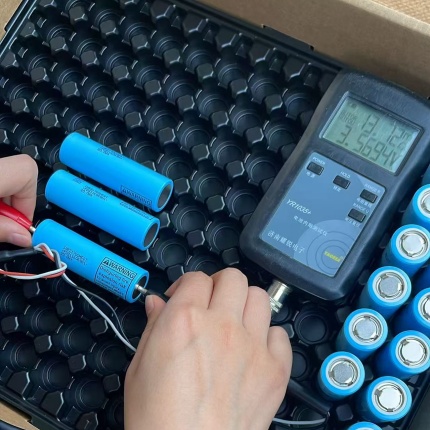Lithium-ion batteries are made up of the following parts: a negative electrode or anode from which the electrons are released and a positive electrode or cathode that receives them. When the battery is connected, lithium ions move from the anode to the cathode through an electrolyte, resulting in the potential difference that produces the current. When the battery is charged, the lithium ions return to the anode.
In turn, batteries are made up of one or more cells and, depending on their end use, there are different types: cylindrical cells, which are used in most electric vehicles, consist of sheets of different components that are rolled into a cylinder, while flat cells, such as those found in mobile phones and laptops, use lithium-ion polymer in the form of stacked sheets.

In addition, lithium-ion batteries incorporate other elements that improve their performance and safety: a temperature sensor, a voltage regulator circuit and a state-of-charge monitor. These components monitor the charge and current flow, record the last capacity reached at full charge and monitor temperature, which can negatively affect battery life.
Compared to traditional rechargeable battery technology, lithium-ion batteries have several advantages: primarily, they charge in less time and take longer to discharge, but they also have a higher energy density, have no memory effect and lose virtually no charge when not in use, etc.
However, like any technology, they have certain disadvantages mainly related to protection (they must incorporate systems to prevent overcharging and overheating) and cost (lithium batteries are still slightly more expensive than nickel-cadmium batteries at the outset, although they are more cost effective by a small margin)